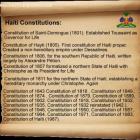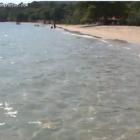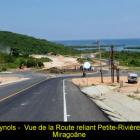ADVERTISEMENT
Photos
Jean-Baptiste Riché, President of Haiti
Here is a picture of Jean-Baptiste Riché, President of Haiti.
Jean-Baptiste Riché (born 1780) was the Haitian President between March 1, 1846 to February 27, 1847. His military career began in 1802 when he was enlisted in the revolutionary army. He took active part in the war of independence and was hurt by a projectile that damaged the optic nerves of his right eye and went blind. After the downfall of Christophe in 1820, Riché took the side of the new government and retained his post (Commander of Haïti's Northern Province) during the subsequent administrations of Jean Pierre Boyer (President between 1818 to 1843) and his followers and he was able to retain that until Jean-Louis Pierrot became President of Haïti in 1845. These Boyer backers subsequently became his strongest critic. He was the son of a free black man, a sergeant in the colonial militia, who probably served in the rebel forces. Jean-Baptiste Riché was illiterate and old when became the Haitian President on March 24, 1846. He was succeeded to become the President of Haiti because he had a common sense that ended the dictatorship of his predecessors.
Henri Namphy living in the Dominican Republic
Here is a picture of Former Haitian President Henri Namphy living in the Dominican Republic
He was born to an old established family in Cap-Haitien. General Namphy was a graduate of the Haitian Military Academy and was first commissioned as an army officer in 1954. Gradually he was promoted to Brigadier General (1981) and Lieutenant General (1984). He served as the Senior Military Commander in two of Haiti's 9 provinces, one in the southern peninsula and other in the northwest and later he became the Chief of Staff. General Namphy was ousted in a military coup in September 1988. He was arrested and escorted to the airport on a granted political asylum. He left the country with wife, Gabrielle, and his daughter, Melissa. His palace at the Champ de Mars Plaza, near the army general headquarters and the Dessalines Barracks, which housed the country's best-trained unit, was the center point of weapon fire.
He speaks Spanish, Creole, French and some English. He has been married twice and has two children. He seldom travels overseas. His favorite foods are Haitian dishes like beef and pork chunks cooked in sizzling oil. But as drinks, he prefers Johnny Walker Black Scotch than own fine rums. He loves jokes and humor, but when he is serious, he is deadly serious.
Williams Regala and Henri Namphy
This is the picture of Williams Regala and Henri Namphy together.
General Henri Namphy (born November 2, 1932) had been always remained on close terms with the Duvalier family during their thirty years of monarchy. There he held several key positions such as the Deputy Commander of the Presidential Guard and Chief of Staff, but all the time he had distanced himself from the worst aspects of the Duvalier dictatorship like killing and other ugliness. He had maintained a close, cordial relationship with the brutal rulers. Some acquaintances describe him more as a counselor than a close friend. However, he is considered by many as a disciplined man and a good administrator with some down-to-earth bent. Once, a foreign diplomat who worked with him in a hurricane recovery operation termed him as ''a soldier's soldier.''
Lt. Gen. Henri Namphy and Gen. Williams Regala 1988
Here is a picture of Lt. Gen. Henri Namphy and Gen. Williams Regala 1988
When he went before the Haitian people to announce that he has seized power from the civilian President Leslie Manigat, there was no outpouring of admiration and support. Although he used to enjoy the reputation of being honest, his administration was rather known as "Duvalierism without Duvalier". His close acquaintances used to know him as a dedicated military man and "a great party-goer". His house always had parties, all the time and his friends were his life.
General Namphy had presided over one of the bloodiest and most chaotic periods in the recent Haitian history. The U.S government found that it was difficult to deal with General Namphy because he had failed in his every promise to restore democracy-- his attempt to hold election was better known as "debacle". He served his second term as the President from June 20, 1988 until his deposition on September 17, 1988 in a coup d'état.
Colonel Henri Nanphy among other FADH Officers
Here is a picture of Colonel Henri Nanphy of the FADH Officers
On Feb. 7, 1986, when the Haitian dictator Baby Doc after the 30 years of own family dictatorship fled the country with his family into an exile, within a few hours of his departure, a five-member civilian-military council led by Lieutenant General Henri Namphy took the charge of the country. Henri quickly established himself on the council as the "first among equals" and served as the Interim President of the Haitian Ruling Body or National Council of Government between February 7, 1986 to February 7, 1988. His government promised free elections and democratic reforms. The first attempt of the election on November 1987, ended with the death of some three dozen voters who were killed in clashes as there was no security forces at the voting places, and instead some soldiers joined civilian thugs in the killing of at least 34 voters. In January 1988, Leslie Manigat won elections, but that was widely considered as fraudulent, and Namphy by overthrowing the civilian President, seized power in June 1988.
Prince Jacques-Victor, Son of Henri Christophe
Here is a picture of Prince Jacques-Victor who is the Son of Emperor Henri Christophe.
His parents were slaves who were brought with thousands of other West Africans to work in the sugar industry in Grenada, run by the fierce and gritty English. His determined revolutionary nature had deep roots in his African ancestry. In any event, he reached Haiti sometime in his teens and started his career as an assistant cook in a hotel in the neighborhood of Petite Anse. During his life he has worked as a mason, billiard-marker, waiter, sailor and stable-hand. In 1779, he enlisted himself in the French force to participate in the War of American Independence and served as a drummer boy with a regiment described as gens de couleur. He was married to Marie-Louise Coidavid and had four children, of whom, his son Franz Ferdinand later died of hunger in the House of Orphans in Paris.
Henry Christophe was a leader in the war of Haitian independence (1791-1804) and later the president (1807-11) and self-proclaimed King Henry I (1811-20) of northern Haiti. He took his responsibility seriously and declared Catholicism as the official religion, although other beliefs would be tolerated. He was determined to improve all aspects of life in the northern province. Some of his major concerns were the defense of his country from internal and external aggression, education, creation of a first black kingdom in the western hemisphere. On March 28, 1811, he declared Haiti a kingdom, and proclaimed himself as "King Henri I". He offered Alexandre Petion, the ruler of the south, to absorb into his kingdom, but Petion never accepted till his death in 1818. He built a huge fortress "la Ferriere," (the blacksmith's pouch), on a mountain peak overlooking the Le Cap harbor. During his reign, Christophe introduced a monetary system based on gourds (predecessor to the current money). In 1820, when he was paralyzed by a stroke, could not face a revolt that spread with the news of his infirmities. He committed suicide on October 6, 1820.
Letter from Henri Christophe to Governor Toussaint Louverture, 1802
Here is a letter written by Henri Christophe as Generale De Brigade of North of the country to Toussaint Louverture who was the Governor of Saint-Domingue(Haiti) in 1802
Henry Christophe was a self educated person who learned everything from own experience. He was born in a slave family in 1767, never went to school. Christophe had always maintained a mission to eradicate slavery and build Haiti into a strong country. He was born in a time when the French, Spanish and English all had an interest in the island and the tormented slaves were desperately rebelling for their freedom. The facts of his early life are debatable to the historians who believe that they were issued and publicized on his own order with convenient citation of birthplace (Grenada, a British colonial acquisition in the Lesser Antilles) and date. Some of them believe that he was born free, but became enslaved as a youth.
Burial place of King Henri Christophe
This is a possible place where King Henri Christophe was buried
Who is Henri Christophe
Henri Christophe (born October 6, 1767, died October 8, 1820), a freed black slave, was one of the great Haitian revolutionary leaders, an aid of Toussaint L'Ouverture and was the army chief of Dessalines (1805) in the capturing of Santo Domingo. He is also remembered as the most famous monarch that Haiti ever had. He was only 21 years old when he became the lieutenant of Toussaint, and fought the army of Napoleon during the War of Independence. Henri waged a savage and inconclusive struggle with Alexandre Pétion, the mulatto supreme who retained control of southern Haiti. He was one among the key players in the 1791 slave uprising in Haiti, including the decisive battle at Vertières in November of 1803 that drove away the French out of Haiti. After the death of Emperor Jean-Jacques Dessalines in 1806, Alexandre Sabès Pétion became the president of Southern Haiti and Henry was the ruler of the north part of Haiti.
Môle St. Nicholas as potential US naval base for Canal of Panama
Here is a picture of Môle St. Nicholas in Haiti as a strategic location as potential US naval base to protect Canal of Panama.
Ex-President Florvil Hyppolite, eager to have the might of the United States behind him during a trying period, began to have negotiations with Admiral Bancroft Gherardi, a negotiator appointed to represent US President, Benjamin Harrison, to talk about the US's acquisition of Môle St. Nicholas as a US naval base for the Panama Canal. At that period, the elevated limestone peninsula was thought to be impregnable, and the US, seeking a Caribbean site for their base, was eager to acquire the 5.5km piece of land. The deal fell through, however, as the sale would have been against the Haitian Constitution.
Florvil Hyppolite, his extra marital affair with Victoire Jean-Baptiste
The story of President Florvil Hyppolite and his extra marital affair with Victoire Jean-Baptiste, better known by the nickname "La Belle Victory"
Haitian President during the late 1880's and the early 1890's Florvil Hyppolite had a long-standing, very public affair outside of his marriage with Victoire Jean-Baptiste. Long before Bill and Monica, the relationship between the President and the beautiful peasant woman, who worked for First Lady Gelyne Hyppolite, sensationalized the nation, not only for the aforementioned facts, but also because Jean-Baptiste became more prominent in her role as faux-first-lady upon the death of Hyppolite's wife, and because of her supposed affairs with his Minister of War and even his son.

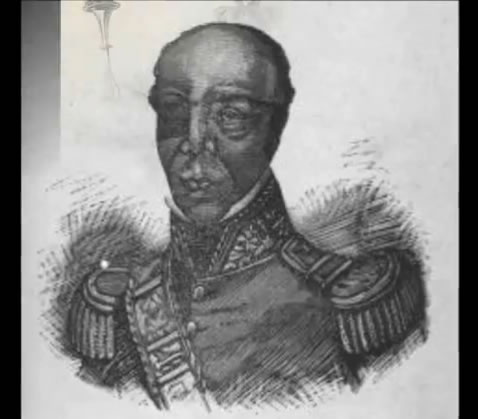
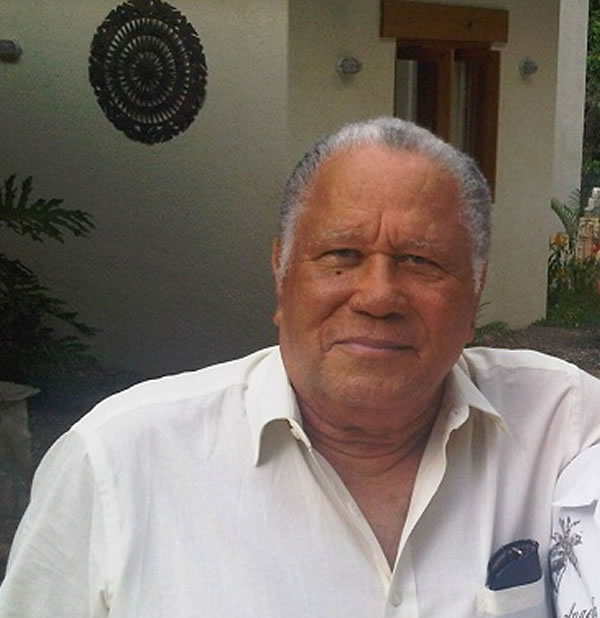
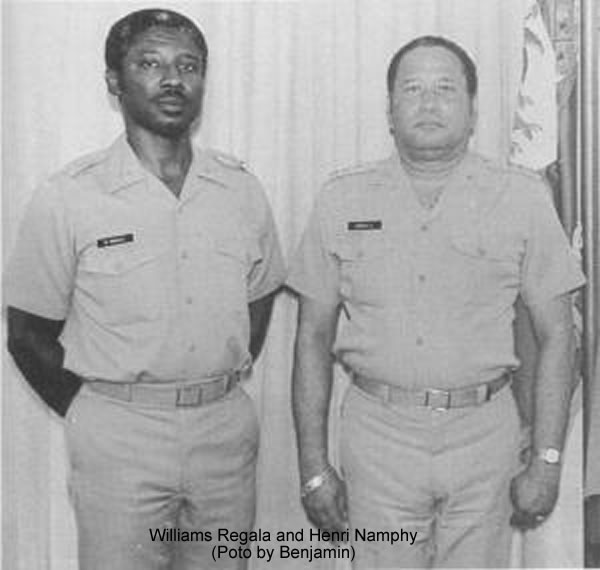
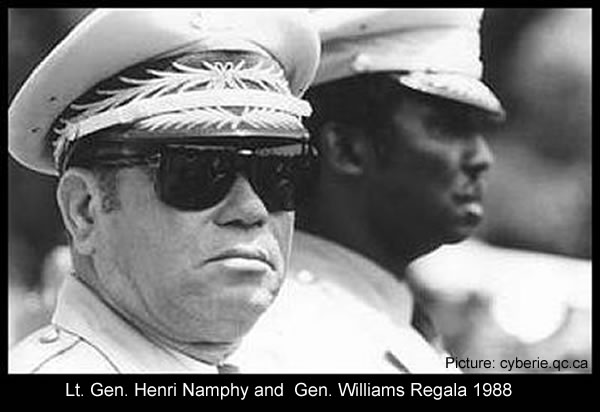
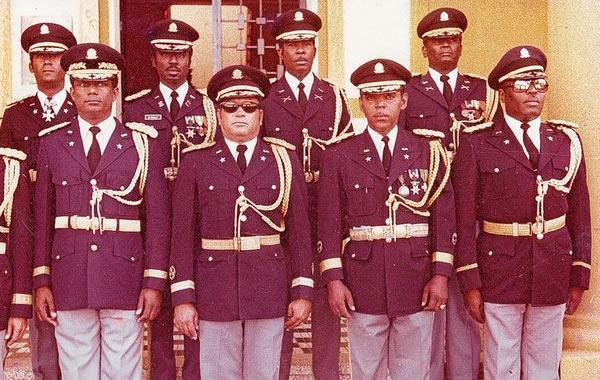
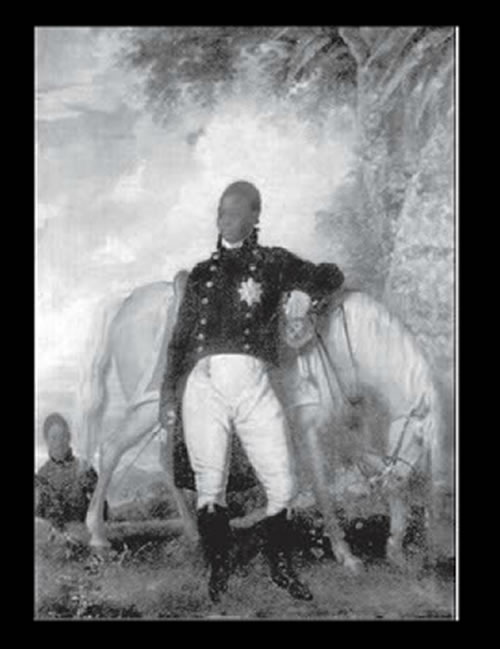
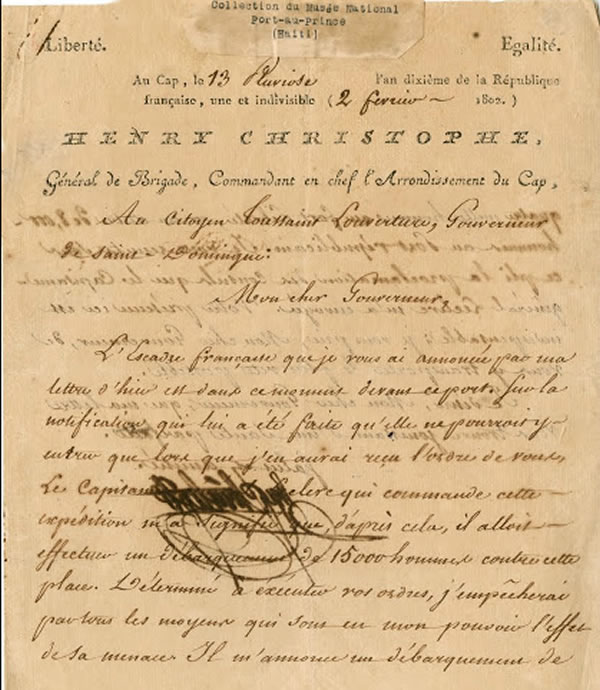
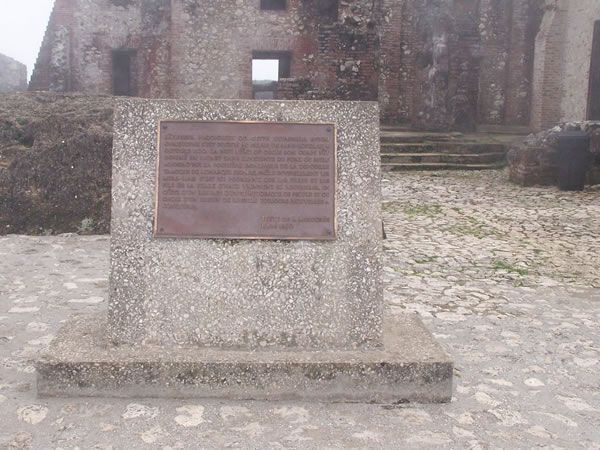
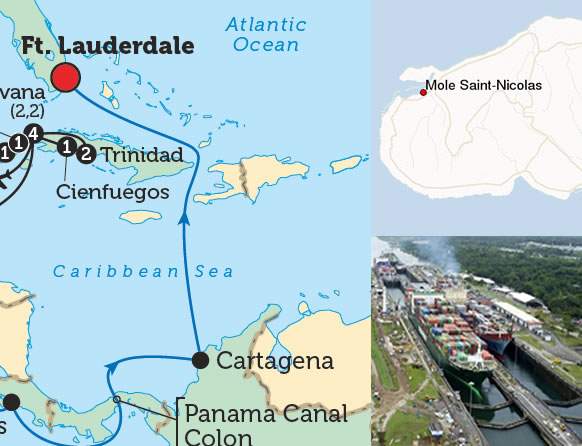
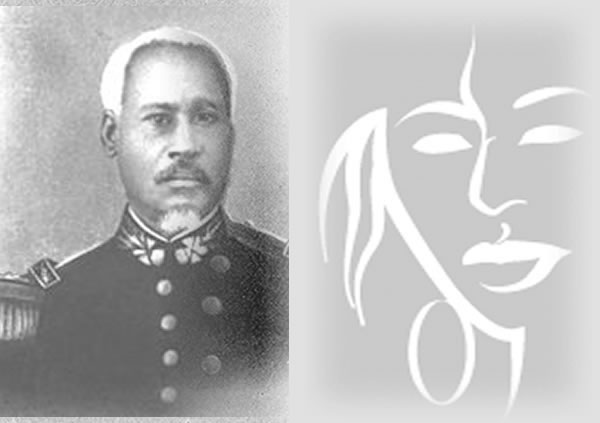
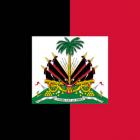 Haitian Flag Under Francois Duvalier changed in 1964 to black...
Haitian Flag Under Francois Duvalier changed in 1964 to black... 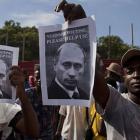 Haitian protesters called on Russian President Vladimir Putin...
Haitian protesters called on Russian President Vladimir Putin... 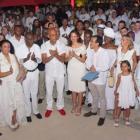 All inclusive Royal Decameron Indigo
All inclusive Royal Decameron Indigo  Delimart Plaza, Delmas 32, Port-au-Prince, Haiti being looted
Delimart Plaza, Delmas 32, Port-au-Prince, Haiti being looted  Haitiano-Japanese Naomi Osaka wins the US Open against Serena...
Haitiano-Japanese Naomi Osaka wins the US Open against Serena... 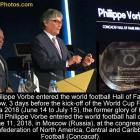 Philippe Vorbe entered world football Hall of Fame, CONCACAF
Philippe Vorbe entered world football Hall of Fame, CONCACAF 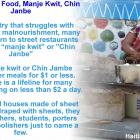 Haiti Street Food, manje kwit or Chin Janbe, for $1 or less
Haiti Street Food, manje kwit or Chin Janbe, for $1 or less  Meet Haitian-American professional baseball pitcher Touki...
Meet Haitian-American professional baseball pitcher Touki... 